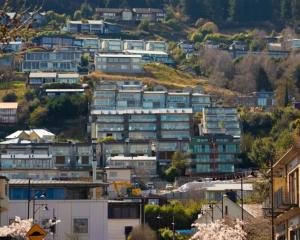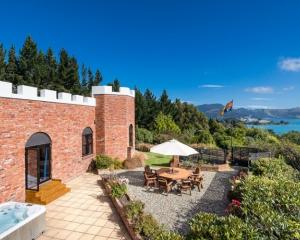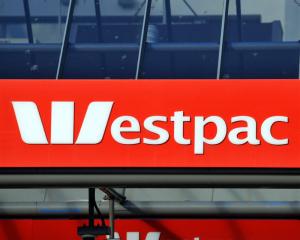Dunedin was the bright spot to an otherwise dour quarter for residential property sales across the country, according to the latest Quotable Value (QV) house price index.
While average annualised prices increased at a steady 2.4% to $691,460, the winter quarter showed only a nominal 0.6% rise, largely dragged down by a 2.3% decline in the heavily weighted Auckland region, which now sits at a shade over $1million.
This is unchanged over the past three months.
In fact all the major urban centres were moribund, with average value changes of under 1% across Hamilton, Tauranga, Wellington and Christchurch over the quarter.
''Dunedin was the only exception, hanging in there at 2.9% quarterly value growth,'' said QV general manager David Nagel.
The quarter was a continuation of more of the same for Otago's biggest city, with overall residential property values spiking 12.8% over the past year to the end of September.
QV values largely align with other property reporting agencies, with an average house price of around $474,000 throughout the greater city.
QV Dunedin property consultant Tom Patterson attributed the increasing prices to a shortage in residential stock, particularly in the lower-to-medium price bracket, which is drawing interest from first home buyers and investors.
On a national level however, the first month of spring had not brought the lift in activity or property prices many had been hoping for, Mr Nagel said.
''As you head into spring you'd normally see a few more listings come on stream, a bit more choice for the buyers and that normally creates a bit of activity, a bit of interest in the market as we see just a little bit more sales volume coming through.
''We haven't really seen that yet but I think that's probably still ahead of us.''
''As spring beds in, well likely see the number of listings increase and this will lead to greater sales activity as more buyers potentially enter the market.''
He said this could be driven by a combination of easing credit requirements from banks, coupled with added competition by the banks for market share.
''The seasonal increase in the costs of renting when summer begins may also encourage more Kiwis into home ownership early next year.
''The challenge for the market will be to keep pace with that rise in demand.''
Slashing the official cash rate to a record low 1% in August was yet to stimulate the market, he said.
''I think that there's still some real credit limitations that we're seeing, particularly with those first home buyers and with investors.
''With potentially some loosening of some of the credit controls at banks we could see a few more buyers enter into the market and that'll make things really interesting when we see a bit more supply coming on with spring listings.''
Bank lending remained competitive; however, deposit rates were proving difficult for buyers, he said.
''For first home buyers that could be a real problem for them trying to find that 20%.
''If things get loosened up there we could see a whole lot of new buyers entering into the market and that would be good for the property to see a bit more activity.''
He said investors remain active and were competing with first home buyers for cheaper properties.
''That means that the bottom end of the market, those entry-level properties, tend to be the areas that are sustaining value levels and showing some growth whereas the top of the market, those high-end properties and the more desirable suburbs close to the cities, they tend to be the ones that are a bit harder to move purely because of affordability.''
Clutha leads the South Island in quarterly growth, up 5.9%, followed by Gore (5.0%) and Invercargill (4.7%).
In terms of annual growth, Southland leads the way, up 16.5%, followed by Dunedin South (15.5%) and Dunedin Peninsula & Coastal (14.5%).












